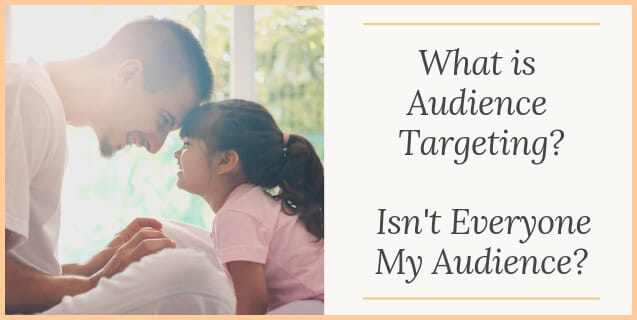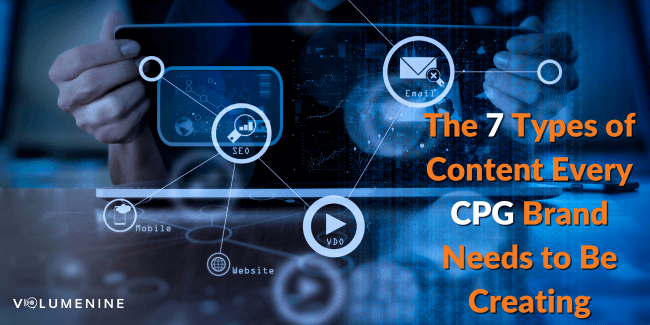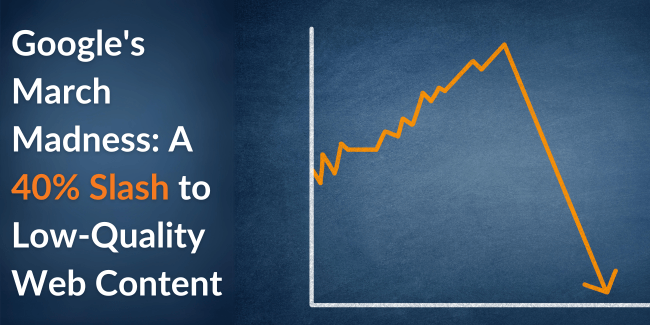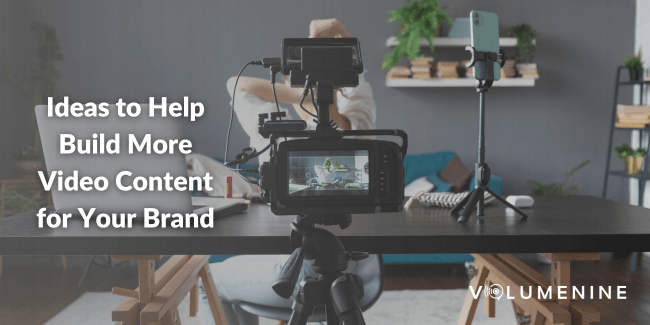
What is Audience Targeting? Isn’t Everyone My Audience?
Publishing content regularly nurtures customer relationships, fuels lead generation and boosts sales. But, if that content isn’t being seen by the right people, your projections and goals will fall flat. Why? Everyone who sees your content isn’t your target audience. Let me explain.
You’ve likely generated a buyer persona, or a fictional representation of a member of your audience. Now it’s time to go one step further and embrace audience targeting by using data to define your actual, real-life audience, not just your ideal customer.
 How Do You Define a Brand’s Audience?
How Do You Define a Brand’s Audience?
If you want your content to resonate with your actual (not perceived) audience, and boost conversation rates, audience targeting should get on your content strategy radar ASAP.
At Volume Nine, we talk with our clients about their history of formal persona building and branding exercises, then ask additional questions about who they want to pinpoint with their messaging. We help brands determine their target audience by digging deep into Google Analytics to learn about visitors to their website, blog and social media.
Data ranging from viewers’ zip codes, gender, hobbies, buying habits and even the type of phone they’re using can be harnessed, building an accurate representation of the people engaging with your content. This qualified audience then becomes the centerpiece of future content creation, from developing ideas that are relatable and reaching the right people on social media ad campaigns, to building keyword maps and lists.
 Example: Finding Yoga Enthusiasts on Facebook
Example: Finding Yoga Enthusiasts on Facebook
We had a local yoga studio reach out to us to help locate folks who need more mat time. The business wanted to build brand awareness and bolster its presence in the community before a competitor moved into the neighborhood.
To reach their current fans and entice new yogis to try their services, we focused on using Facebook’s targeting capabilities to locate yoga lovers in the surrounding zip codes. We asked Facebook to send our paid ads out to fitness enthusiasts, especially those who’ve used the same email address to sign up for updates from the yoga studio and log in to Facebook.
That list of email addresses was used behind the scenes to build a look-alike audience of Facebook users who have similar habits to the established yoga studio customers. The look-alike audience members who like the same Facebook pages and comment on the same topics as those who’ve already expressed interest in yoga become warm leads for the studio’s campaign goals.
For example, we learned the established yoga studio fans like posts and pages related to vegan meal planning, meditation apps and athleisure wear. When Facebook complied a unique audience of fitness enthusiasts for our ads, they focused on people engaging with these specific topics, rather than general health or exercise demographics.
When we use Facebook, we often run ads in three waves. The first outreach is geared at a wide variety of people with interest in a specific product or service. Then we queue up a second ad that appears only to people who viewed or engaged with the first ad. On the third wave, we niche down and offer a special to those who interacted with the first two ads because they’re most likely to take action. This three-step process helps us identify our client’s target audience on Facebook.
Does your brand need help to identify, then communicate with, your target audience? Our team at Volume Nine is ready to work some magic with you. Contact us today.





 How Do You Define a Brand’s Audience?
How Do You Define a Brand’s Audience? Example: Finding Yoga Enthusiasts on Facebook
Example: Finding Yoga Enthusiasts on Facebook

